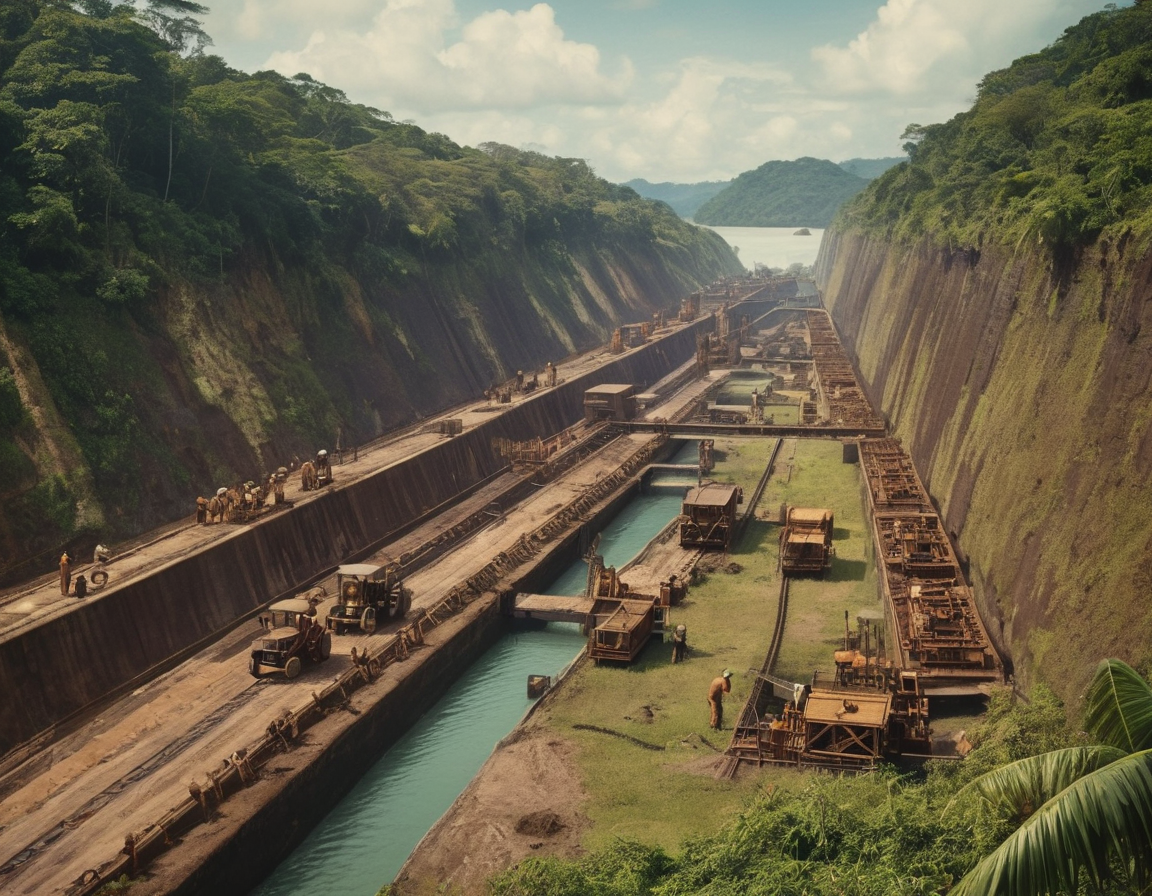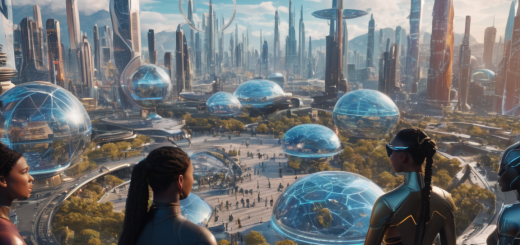Unveiling the Fascinating History of the Panama Canal: A Marvel of Engineering
Discovering the Panama Canal: An Engineering Feat That Changed the World
Spanning across the Isthmus of Panama to connect the Atlantic and Pacific Oceans, the Panama Canal represents one of the most significant engineering marvels in history. In this comprehensive look, we delve into its rich background, the immense challenges overcome during its construction, and its profound impact on global trade and economy.
The Birth of a Vision
The idea of a waterway in Panama dates back to the 16th century when the Spanish conquerors realized the potential of a shortcut that would significantly shorten the maritime route. However, it was not until the 19th century that serious attempts to construct the canal materialized, with the French taking the lead under Ferdinand de Lesseps. Despite his success with the Suez Canal, the French efforts were eventually sabotaged by dreadful diseases and daunting geographical challenges, leading to abandonment.
From French Failure to American Triumph
Subsequent to the French fiasco, the United States, fueled by their own burgeoning industrial might and strategic interests, procured the rights to the canal project. Under the guidance of engineers like John Frank Stevens and later, George Washington Goethals, the US adopted a novel lock-based design and initiated monumental health campaigns to eradicate mosquito-borne ailments, setting the stage for a successful completion.

The Canal’s Operational Ingenuity
Cutting through approximately 50 miles of dense rainforests and rugged terrain, the Panama Canal’s ingenious lock system lifts ships up 85 feet to the main elevation of the canal and then back down to sea level. Notwithstanding, the original design remains largely intact, and the massive Gatun Lake, a man-made lake created to reduce excavation work, continues to be a vital component of the canal.
Economic Impact and Expansion
Since its inauguration in 1914, the Panama Canal has profoundly influenced global trade patterns. By shortening the voyage between the east and west coasts of the United States and creating a more direct path for international shipping, the canal has contributed immensely to the global economy. Anticipating future needs, the canal underwent a significant expansion completed in 2016, allowing it to accommodate the modern behemoth ships called ‘New Panamax.’
The Future of the Canal in International Trade
Today, the Panama Canal continues to adapt to the ever-evolving demands of maritime trade. With considerations for environmental sustainability and potential further expansions, the canal stands as a testament to human ingenuity and a pivotal axis in global logistics, connecting continents and cultures.
Join us in celebrating the extraordinary history of the Panama Canal, whose story is not just about overcoming technical and natural obstacles but also about the indomitable human spirit and its unceasing pursuit of progress.
Did You Know? The construction of the Panama Canal was one of the largest and most difficult engineering projects ever undertaken, involving the removal of more than 200 million cubic yards of earth. It stands as a symbol of the courage, innovation, and perseverance that defines the best of human endeavor.






